World History: How to get familiar with ‘Big History’
According to scholars, the Middle East is where written history first emerged some 5,000 years ago. The United Nations now recognizes close to 200 countries, each of which has a diverse population of ethnicities, cultures, and languages within its ever-evolving borders. The world history concerns us all. To a little of world history is to know the world in entirety.
Where should a World Cultures or World History teacher start, other than randomly dropping your finger onto a rotating globe or throwing a dart at a timeline? The world’s history is frequently presented in textbooks as a timeline of incidents. Others examine topics like science, agriculture, or religion from a thematic perspective.
Creation of big history: world history
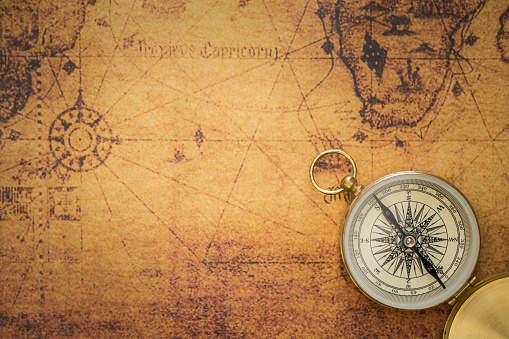
IMAGE CREDITS: istockphoto.com
Big history is in some significant ways similar to conventional creation stories even though it makes use of contemporary, scientific evidence. In order to craft plausible tales that helped people get their bearings in place and time, these also made use of the finest information that was available in the civilizations in which they were developed. They provided people with maps of space and time so they could declare, “That’s where I am,” and that is what gave them such power.
Yet, creation myths are not original. You may find maps of this kind in all the major religious and cultural traditions. People have tried to understand human history as part of the larger story of the whole Universe within all these traditions.
“Universal histories”
IMAGE CREDITS: Unsplash.com
In every period, historians have endeavored to write “universal histories”. It becomes increasingly obvious that the great history endeavor is not all that original. The most well-known attempt of the 20th century is perhaps H. G. Wells’ Outline of History, which was released shortly after World War I. Wells was horrified by what was occurring during World War I, which inspired him to write the novel. When he examined the historians, he discovered that rather than aiding humanity in averting such crises in the future, each of them provided a form of tribal myth that promoted tribalism and violence.
Could a larger narrative be found that would promote a feeling of human unity? H. G. Wells was searching for that. His theory was that if you tried to write a unified history that included human history in bigger histories, you’d find a bigger story.
Science and big history: world history
Regrettably, a lot of the science that makes large history possible now, including all the dating techniques that allow us now to put absolute dates on events in the remote past, wasn’t accessible when he wrote. Since his time, huge history has been conceivable in a way it was not before, because of a complete sequence of scientific advancements in the middle of the 20th century.
Strangely, “universal histories” have fallen out of favor in recent years despite the fact that they are now feasible in a way they weren’t before. About all of the emphasis in modern education is placed on specialized knowledge. For instance, the majority of history research and teaching focuses on the last 2,000 years, primarily the previous 300 or 400 years.
Seldom do biologists, geologists, or astronomers collaborate closely with historians, leading to a disjointed understanding of reality. This is what we appear to be teaching in the majority of our schools and universities: an uncoherent image of reality where you learn a little bit of chemistry, a little bit of history, a little bit of this, a little bit of that.
Something of everything
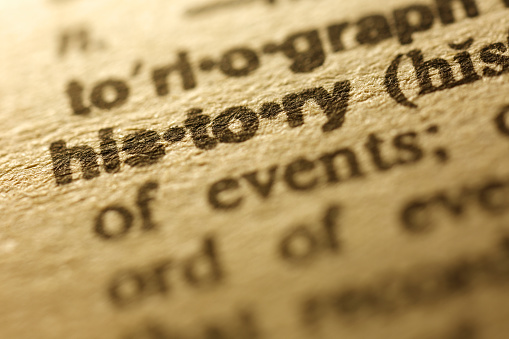
IMAGE CREDITS: istockphoto.com
The modern world’s disjointed understanding of reality is deeply disappointing. In a book about the beginnings of life that a physicist authored in 1944, the issue and its resolution are very well described. Erwin Schrödinger, who lived from 1887 to 1961, was the physicist. After delivering a number of talks on the subject in Dublin in 1943, he produced a book about the beginnings of life.
Big history aims to fill the void left by Schrödinger’s need for a more comprehensive explanation of reality. Please keep in mind that this is just one effort at telling the tale. We may envision a wide range of future strategies with various accents. We can envision versions made by geologists, astronomers, and biologists. They might both present the same basic story, but they will differ in key ways.
Bonus for you: best world history books
THE SILK ROADS: A NEW HISTORY OF THE WORLD BY PETER FRANKOPAN
The Silk Roads, which connected nations in Europe, the Middle East, Central Asia, and all the way to China. These were an essential component of trade between the East and the West. It was extremely significant because along the road. Not only were products traded, but also ideas that helped spread Buddhism, Islam, and Christianity. This book explores how these places came to be as they are today by tracing the history of the nations. That make up the Road and focusing our attention more on the East. These regions served as the nexus of civilization and contributed to history in a way that is frequently overlooked in favour of a more Eurocentric perspective.
SALT: A WORLD HISTORY BY MARK KURLANSKY
IMAGE CREDITS: Unsplash.com
The sheer quantity of proverbs that are based on the idea of salt. That shows how important salt has been throughout human history. It is a basic requirement for food and essential to human health. It is also a part of many folktales and belief systems. Here, Matt Kurlansky explores salt’s role in human history. Including the conflicts fought over it, its use as money, the laws enacted during colonialism. And how its role in food preservation made salt essential to human life. But, in other circumstances, such as with the Egyptians, it was also helpful in keeping bodies preserved. And for the more daring among us. There are some old recipes that focused on the usage of salt.
USEFUL LINKS:
Learn more about world history:
Using one region to teach world history
Make losing weight a fun:
Meals to enjoy while losing weight
Check out our list of workout clothes:
Workout clothes to wear while exercising
See more about children nutrition:
Proper nutrition for children

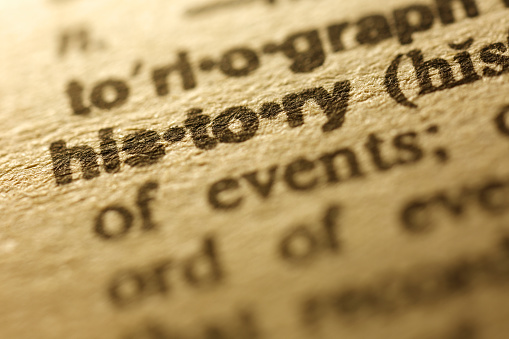

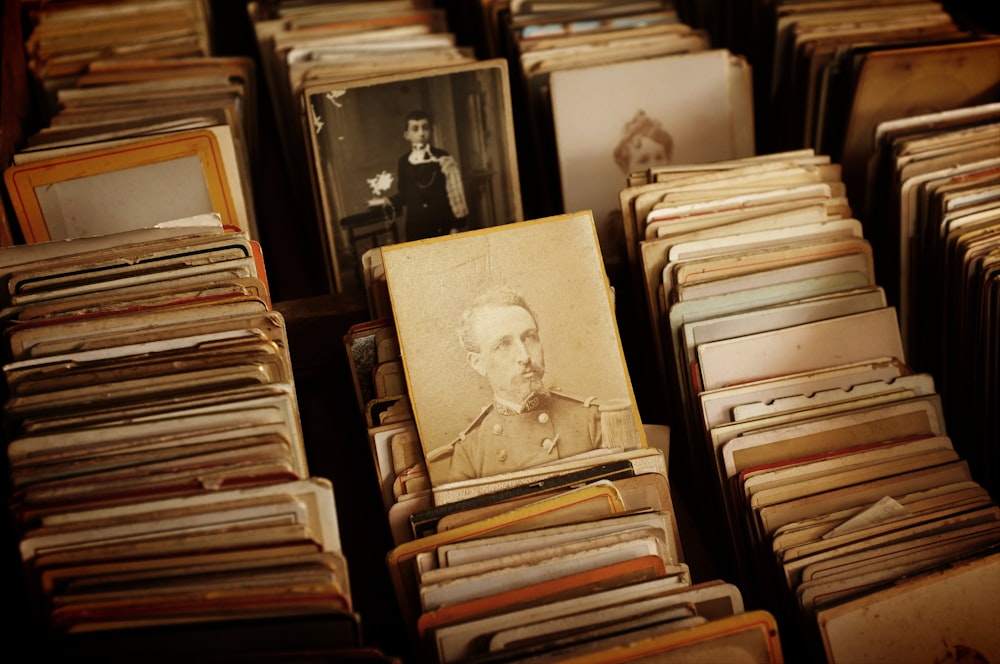

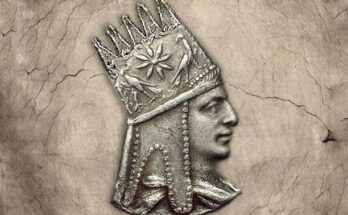

6 Comments on “World History: How to get familiar with ‘Big History’”